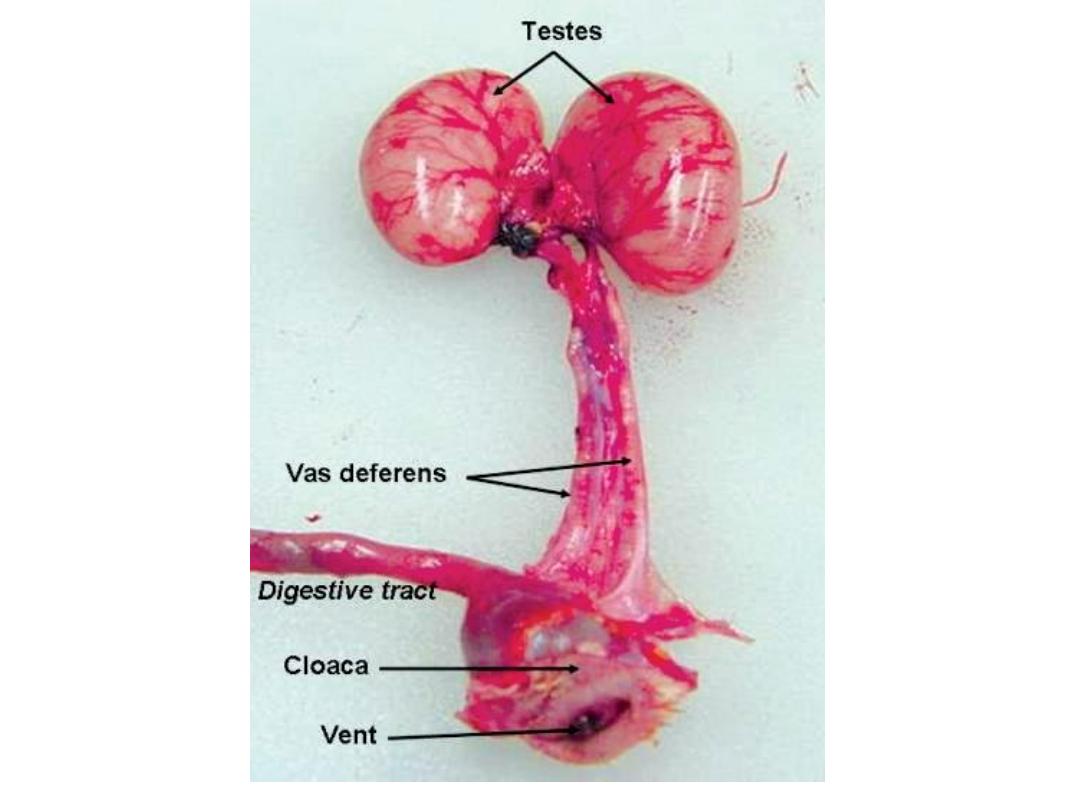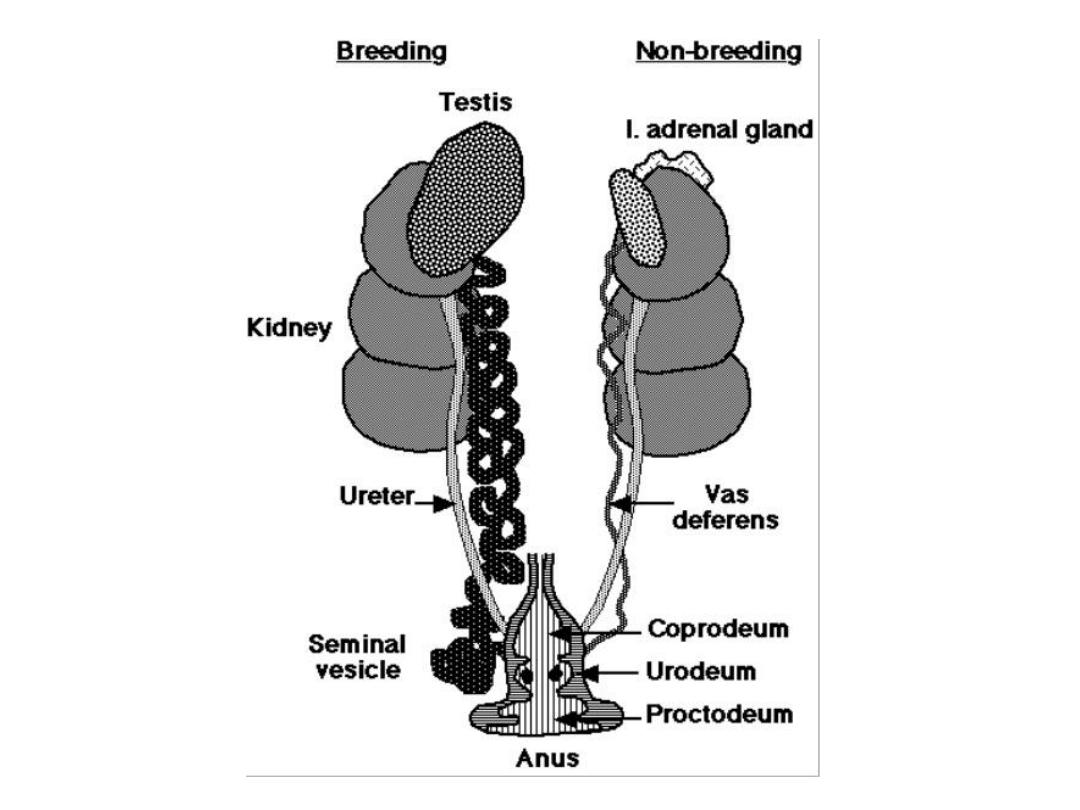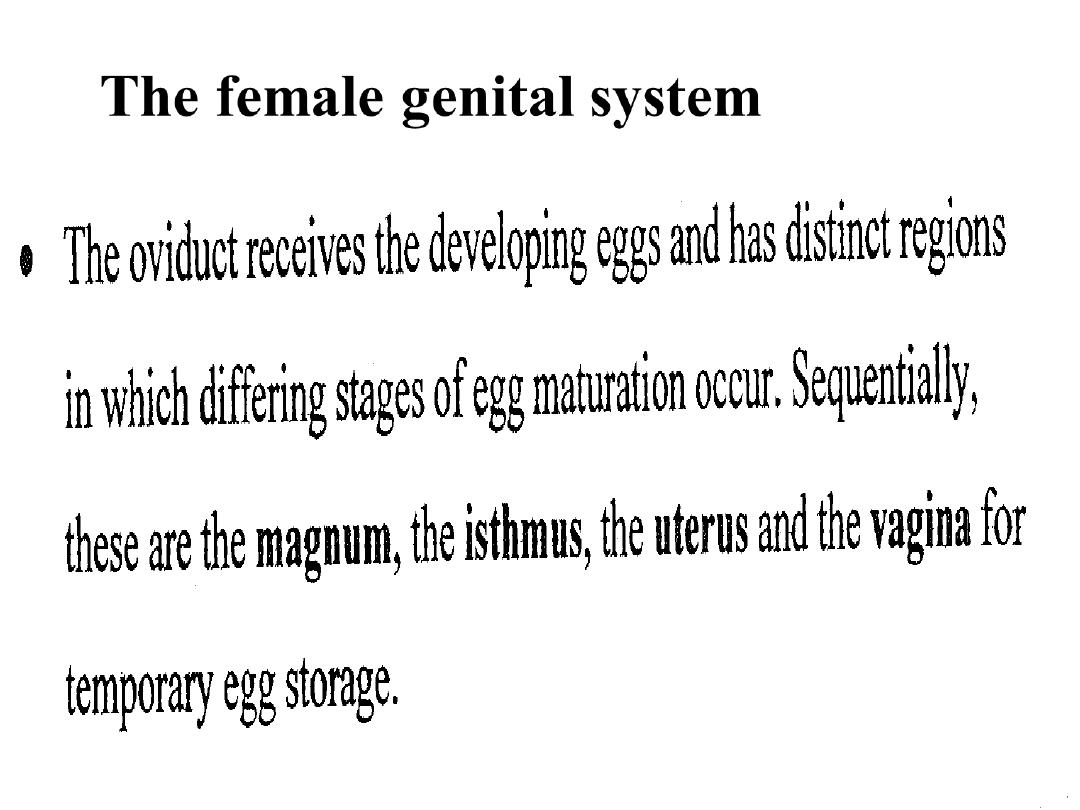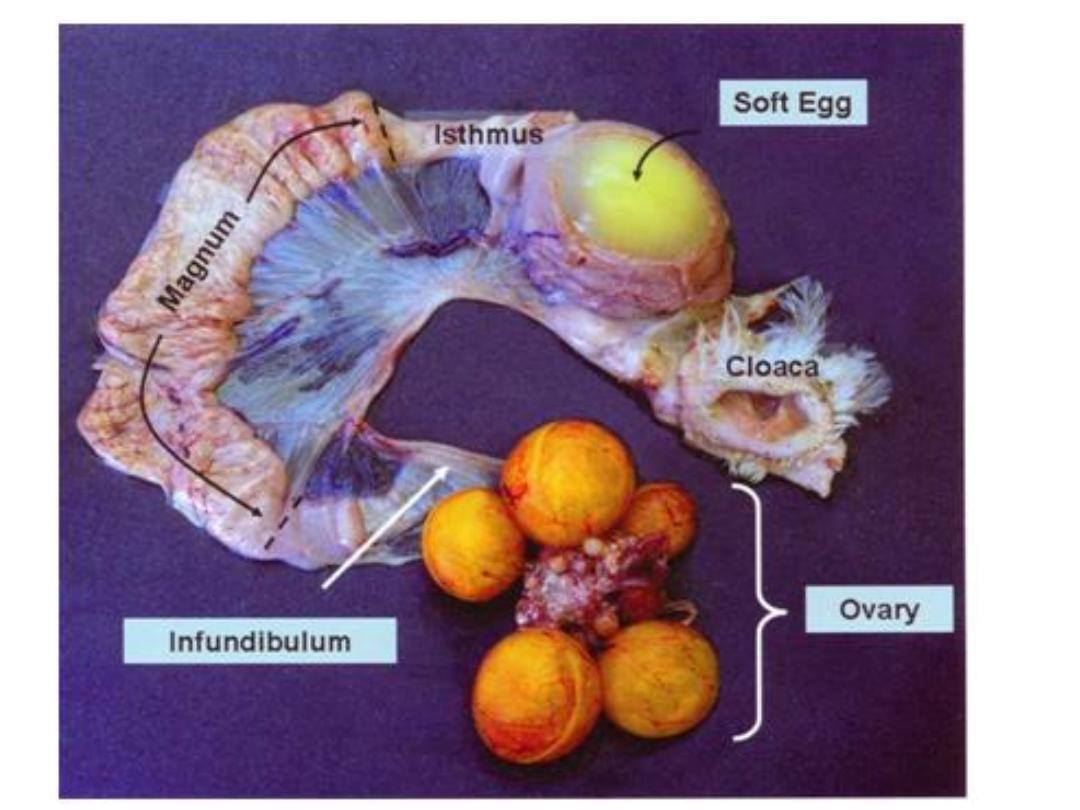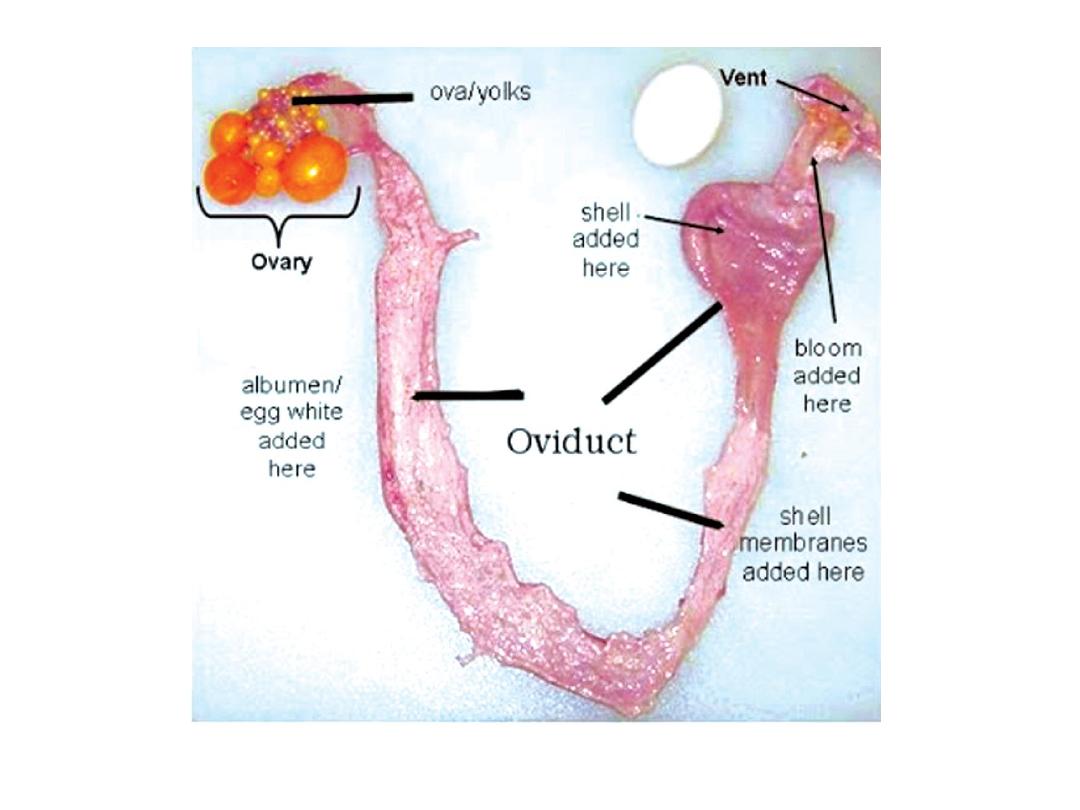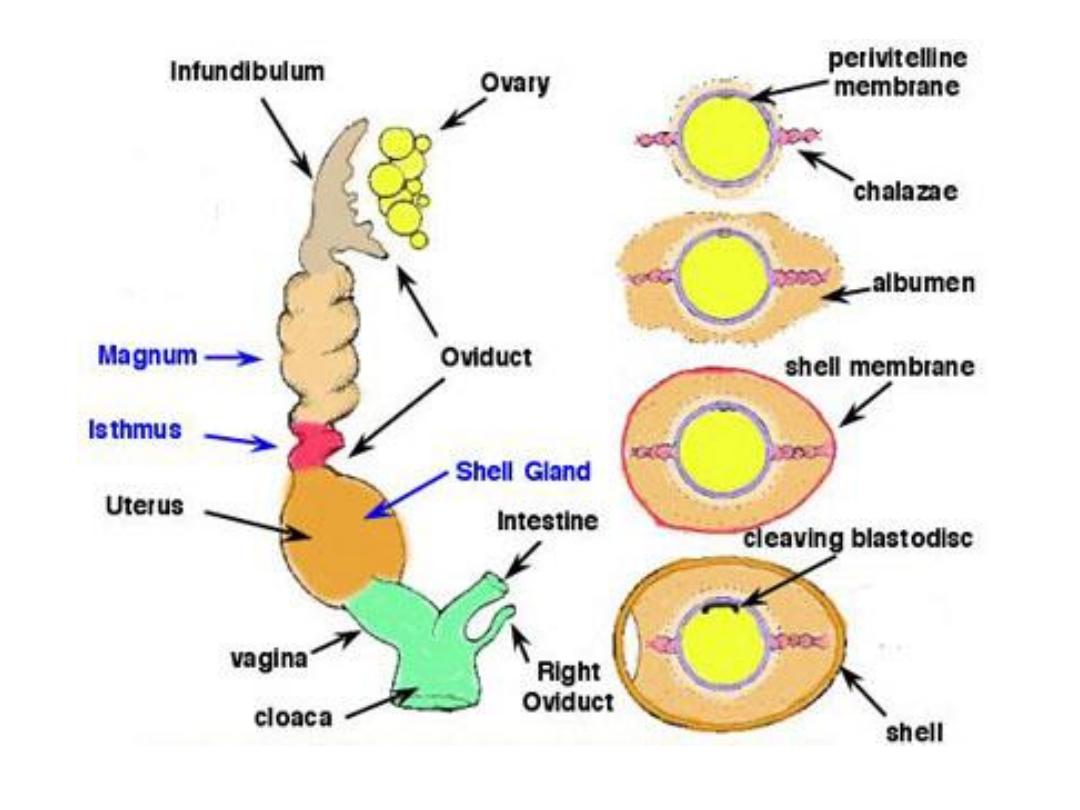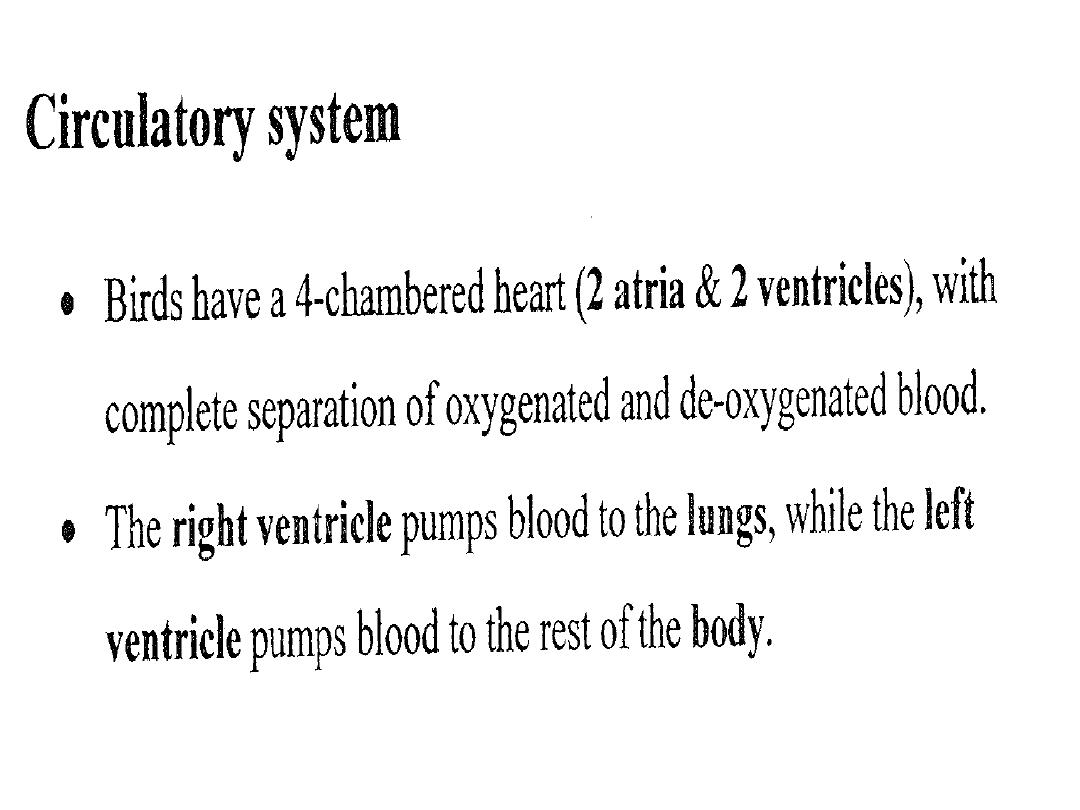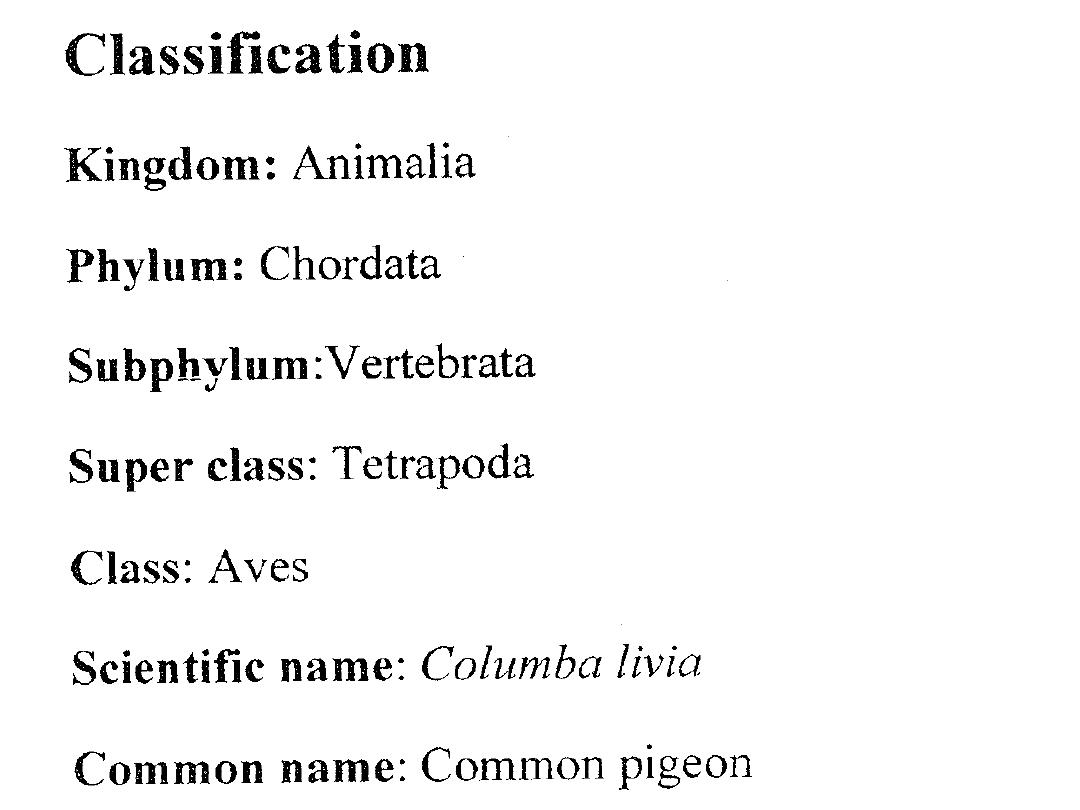

External feature:
Feather cover almost the
whole body except the beak
and feet .the body consists of
head ,neck ,trunk and tail.

head, the strong, horney, straight beak, at
the base of which is a naked swollen
portion of sensitive skin forming the cere.
the two nostrils are obliquely situated in the
cere ,each eye surrounded by three eye lids
an upper
a lower and a nictitating
membrane ,posterior of the each eye ,there
is an external auditory aperture.

The neck is long, flexible, and can bent to form S
shape
The trunk is divided into a large thorax and small
abdomen. Keel projects mid-ventrally which can be
felt.
The tail is short on the dorsal surface of the tail
there is an oil or pyjeal gland , used by the bird to
preen its feathers .
The fore limbs are modified into wings.
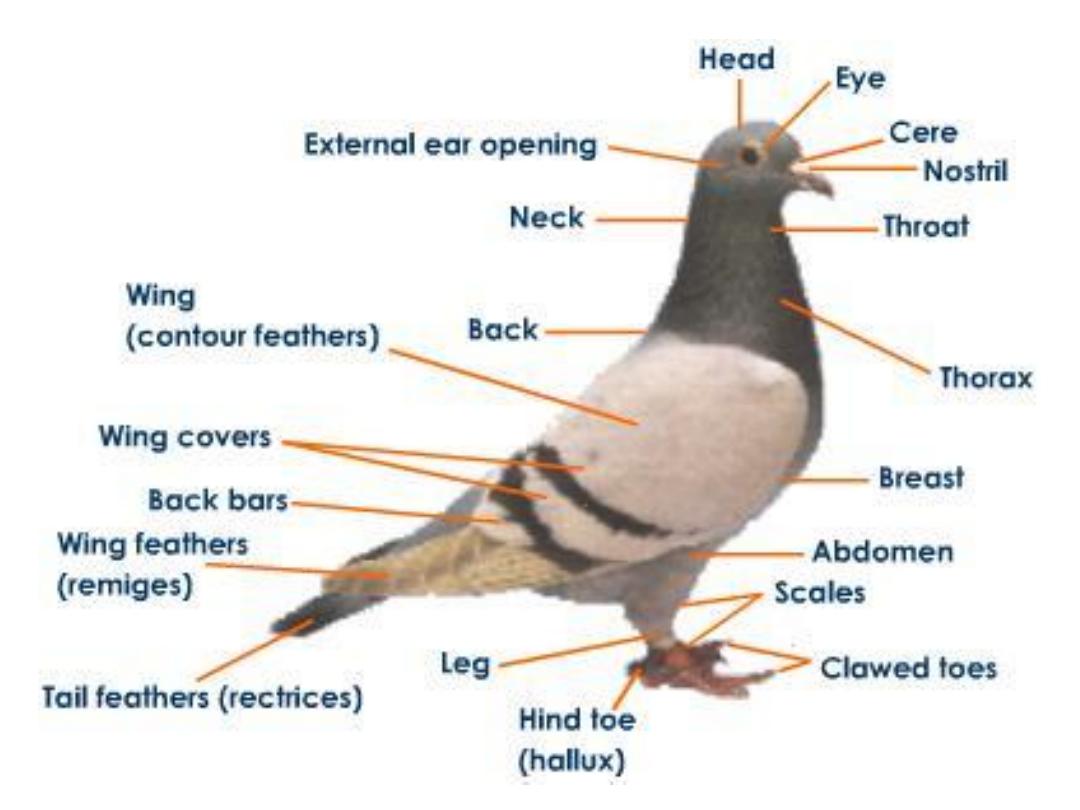
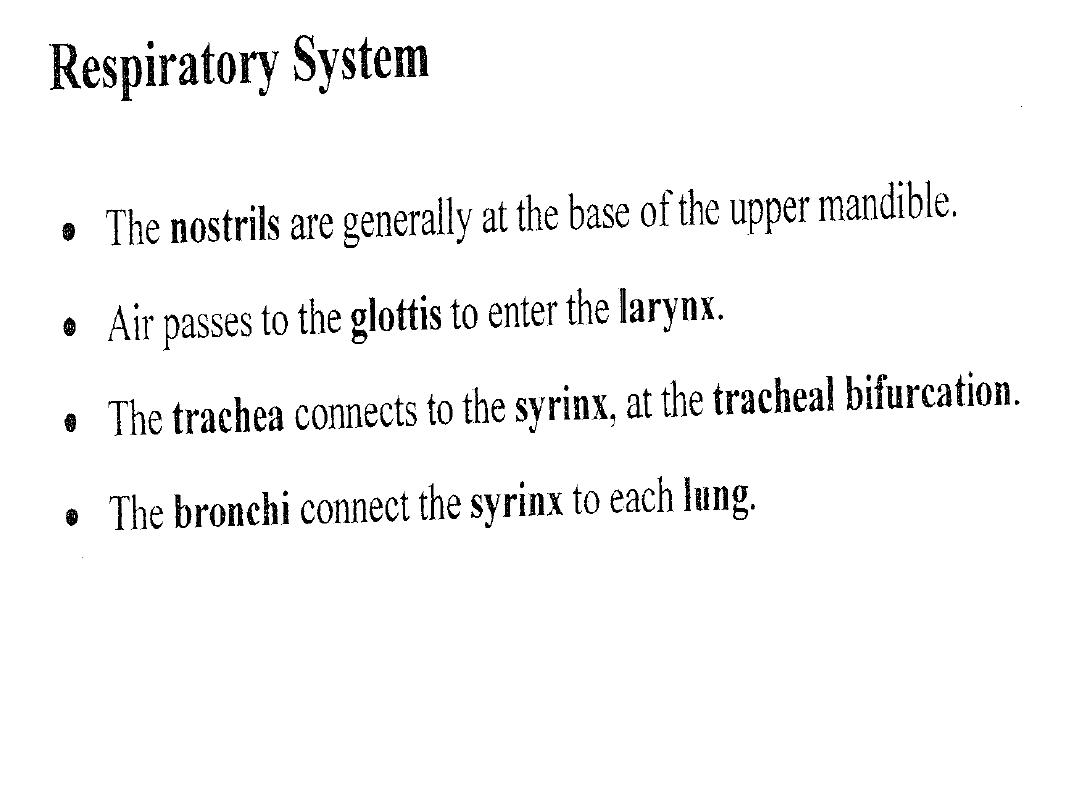

Air sacs: which are membranous extension of the
two bronchi , nine air sacs are found:
1. Cervical air sac: two in number and lie at the base of neck.
2.
Interclavicular air sac :single and lies between the two
clavicles.
3. Anterior thorax air sacs: two in number.
4. Posterior thorax air sacs: two in number.
5. Abdominal air sac: are the largest air sac and two in
number
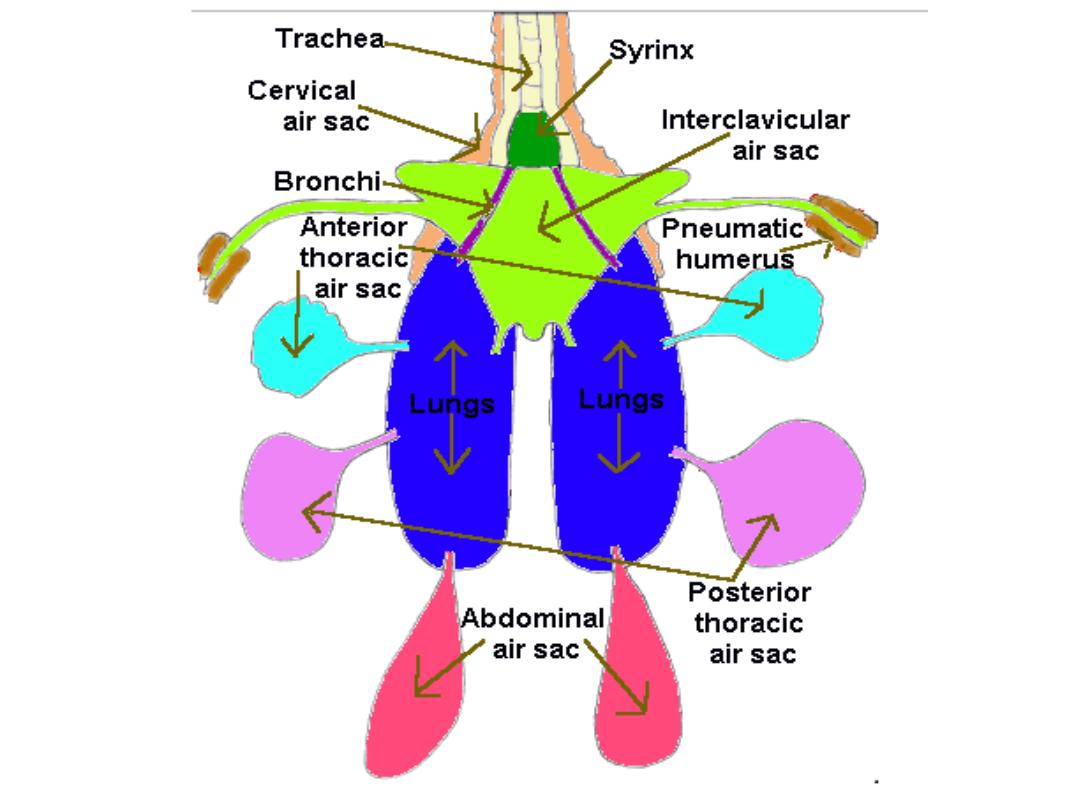
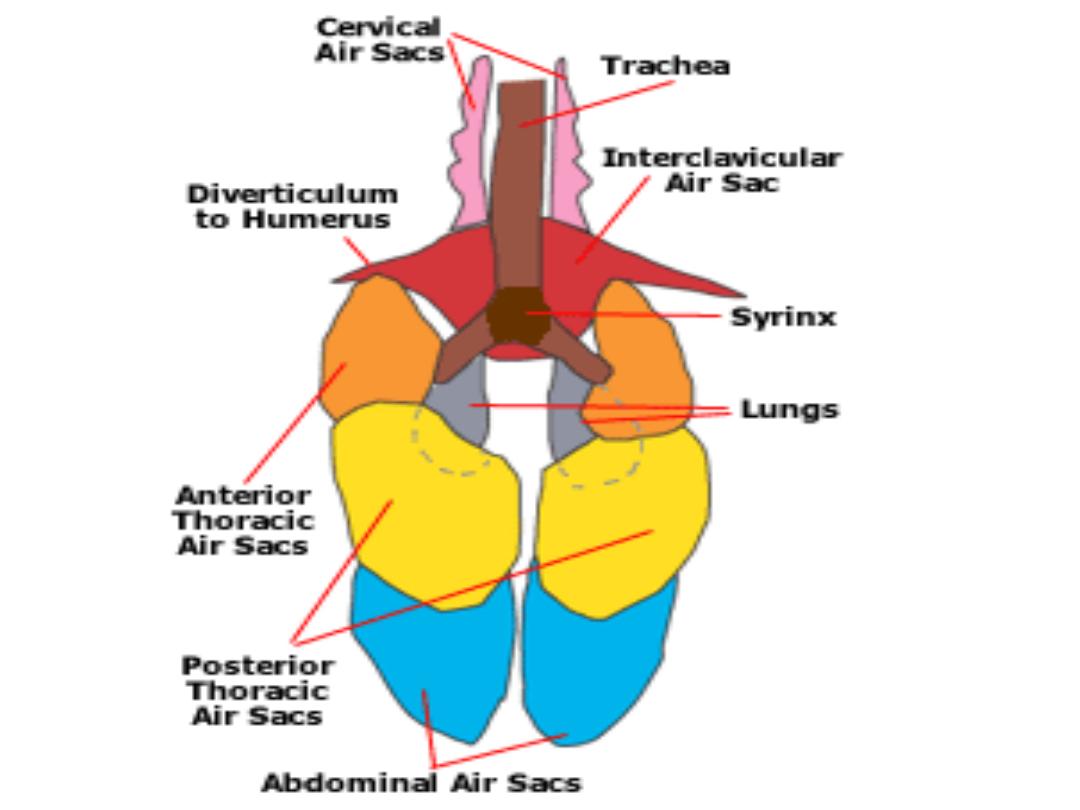
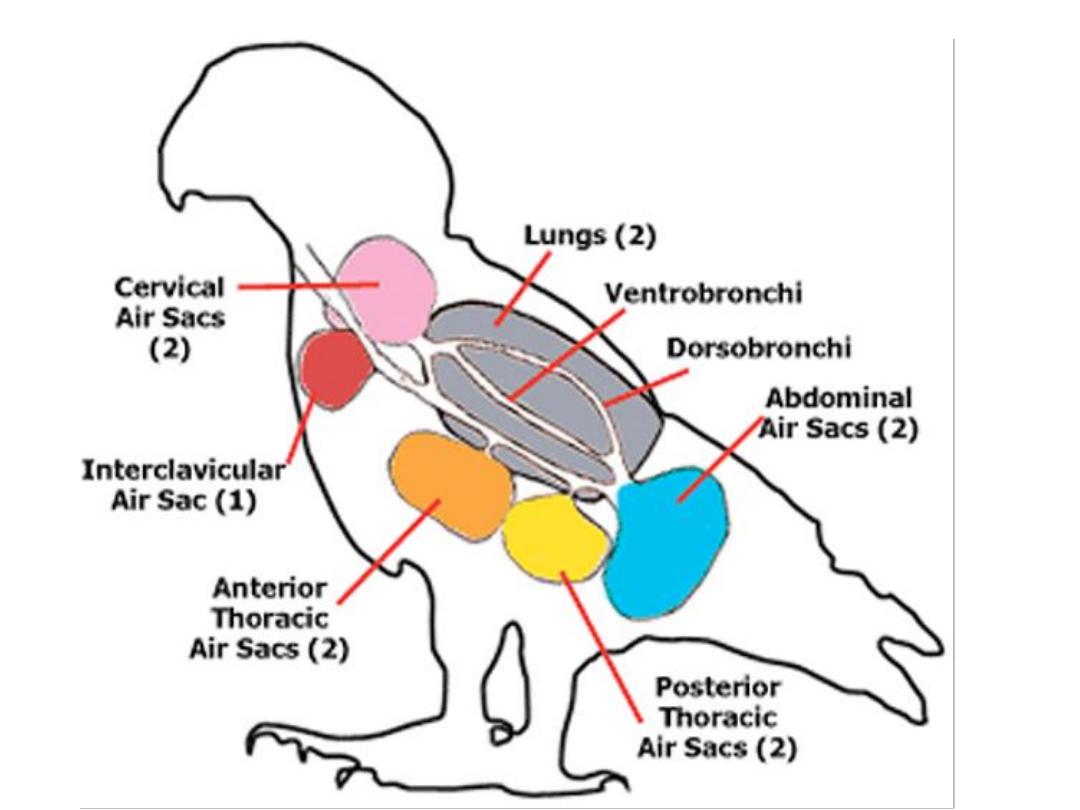

The Digestive system:
The horny beak
Tongue :triangle shape
The esophagus: is wide, large and very long ,dilatory near the
middle forming the crop. Which is used in storage the food
which is moeisted in it before it pushed to the stomach. The wall
of the crop sectreat a white secretion called the pigeon's milk, for
feeding the nest lings.
The stomach consists of a small digestive proventriculus and
large mechanical stomach ventriculus or gizzard is powerful
muscular. Its bluish-red in color. Its function is to triturate the
food, while the gastric juice is poured on it.
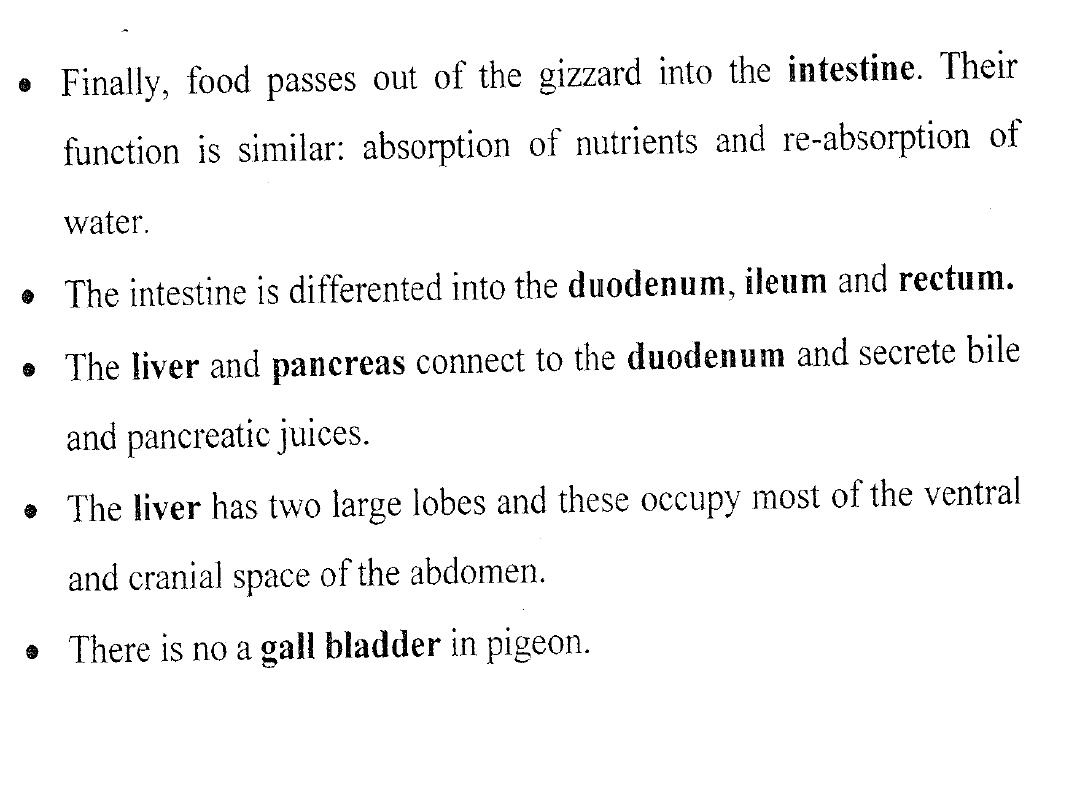
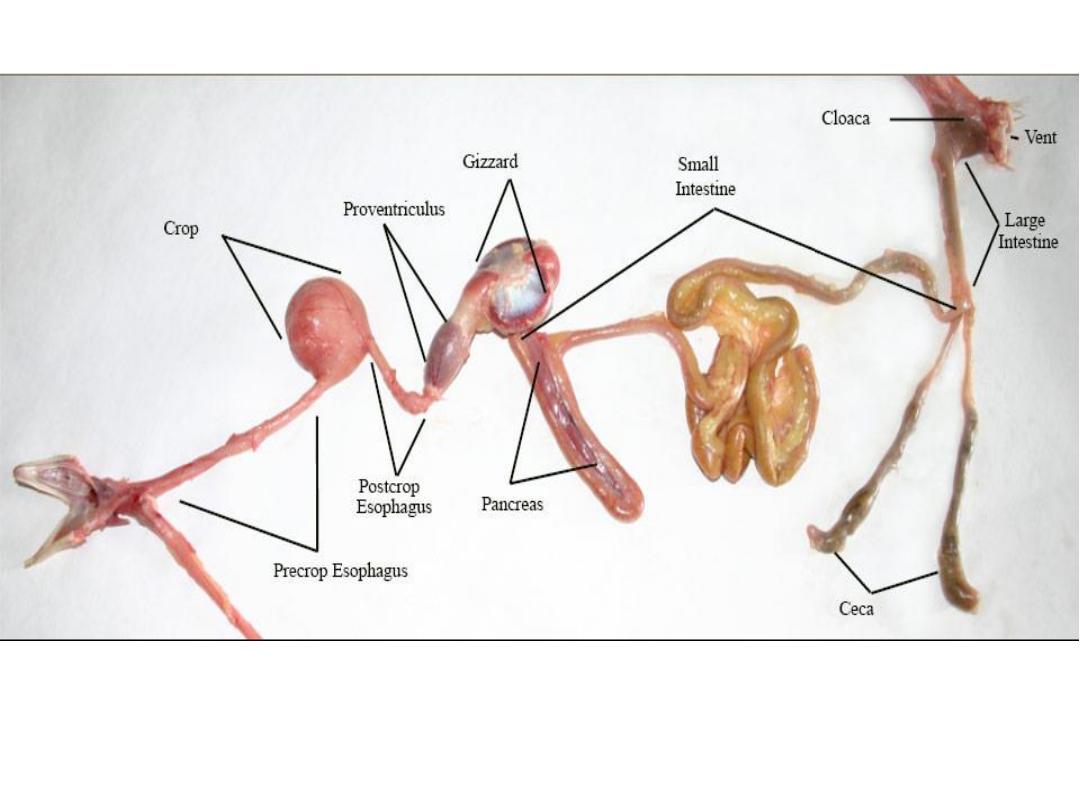
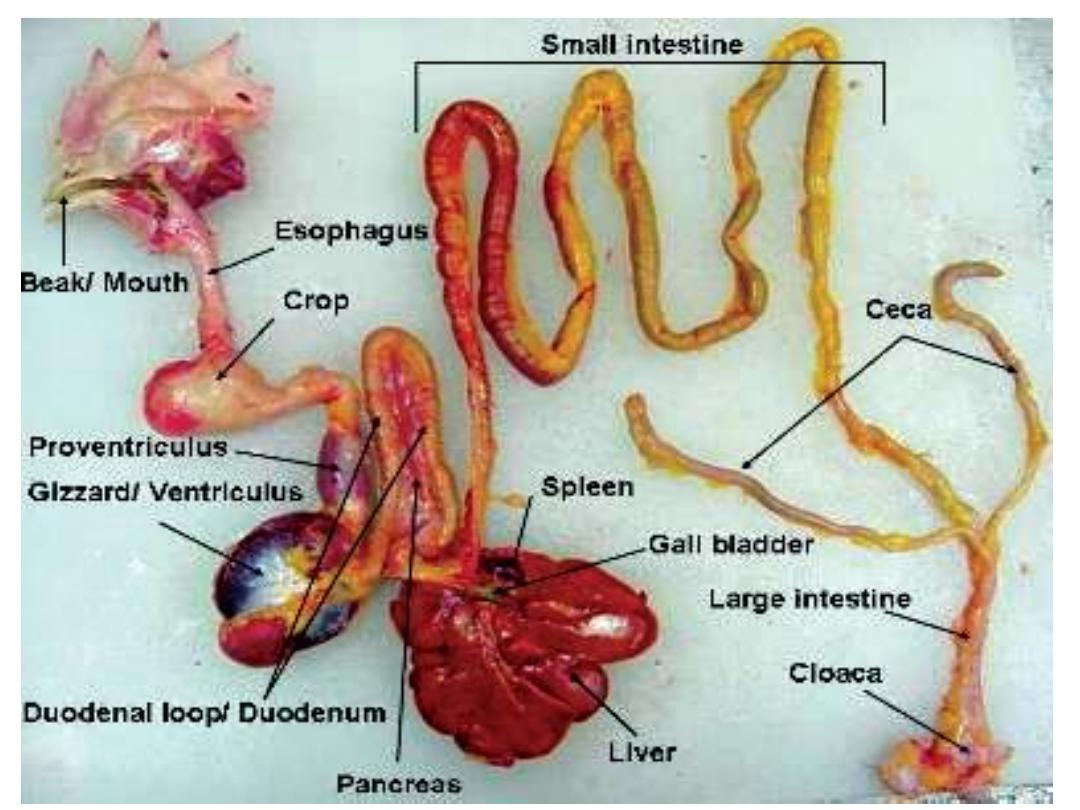
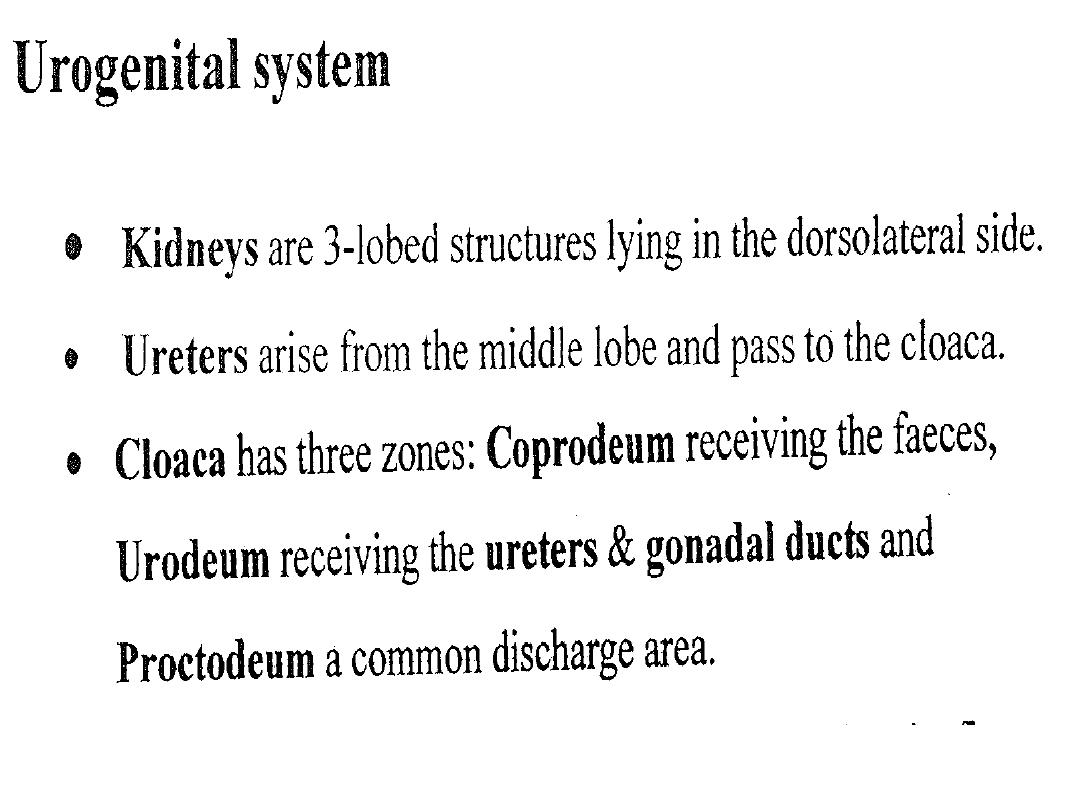
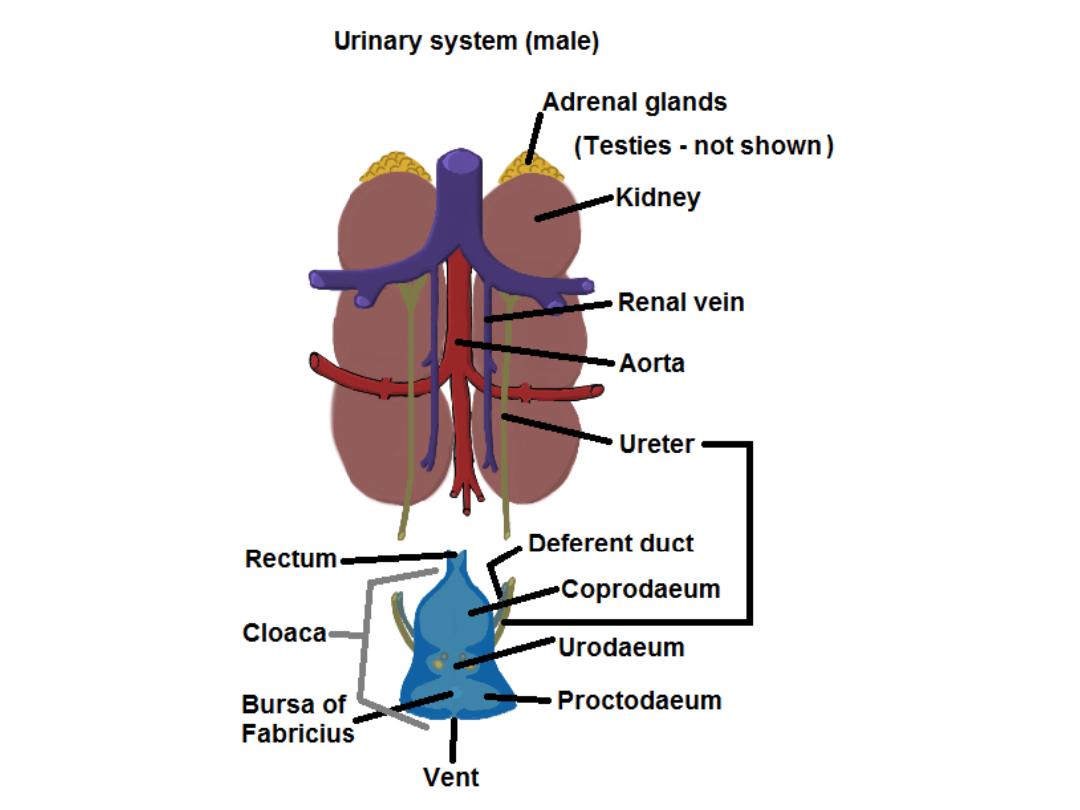

The male genital system: consist
of two testes and two vasa
defrentia , and a small vesicula
seminales.
